Neural networks creating images from text isn't new. I wrote about it in 2019 when AI self-portraits were going viral.
Mauro Martino via YouTube
Just like VR is getting a new lease on life, despite its age, AI-generated art is getting another 15-minutes of fame.
This past week, a new model called Dall-E Mini went viral. It creates images based on the text prompts you give it – and it's surprisingly good. You even can give Dall-E absurd prompts, and it will do its best to hybridize them (for example, a kangaroo made of cheese).
Unfortunately, like our current reality, Dall-E may not be able to produce cheap gas prices. Nonetheless, it is fun to try. Click the image to enter the concepts you want Dall-E to attempt to represent.
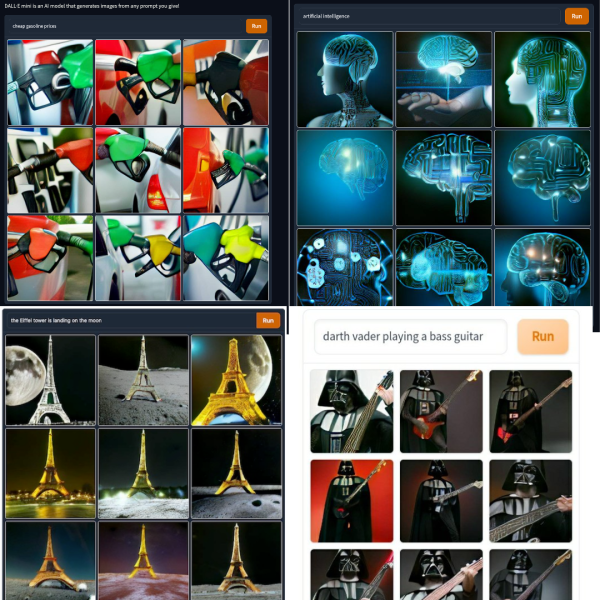 via Dall-E mini
via Dall-E mini
While the images themselves aren't fantastic, the tool's goal is to understand and translate text into a coherent graphic response. The capabilities of tools like this are growing exponentially (and reflect a massive improvement since I last talked about AI-generated images).
Part of the improvement is organic (better hardware, software, algorithmic evolution, etc.), while another part comes from stacking. For example, Dall-E's use of GPT-3 has vastly increased its ability to process language.
However, the algorithms still don't "understand" the meaning of the images the way we do … they are guessing based on what they've "seen" before. That means it's biased by the data it was fed and can easily get stumped. The Dall-E website's "Bias and Limitations" section acknowledges that it was trained on unfiltered internet data, which means it has a known, but unintended, bias to be offensive or stereotypical against minority groups.
It's not the first time, and it won't be the last, that an internet-trained AI will be offensive.
Currently, most AI is essentially a brute force application of math masquerading as intelligence and computer science. Fortunately, it provides a lot of value even in that regard.
The uses continue to get more elegant and complex as time passes … but we're still coding the elegance.

Onwards!

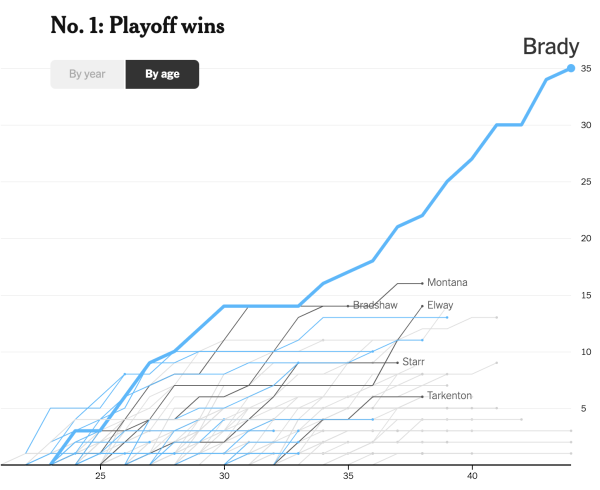 via
via 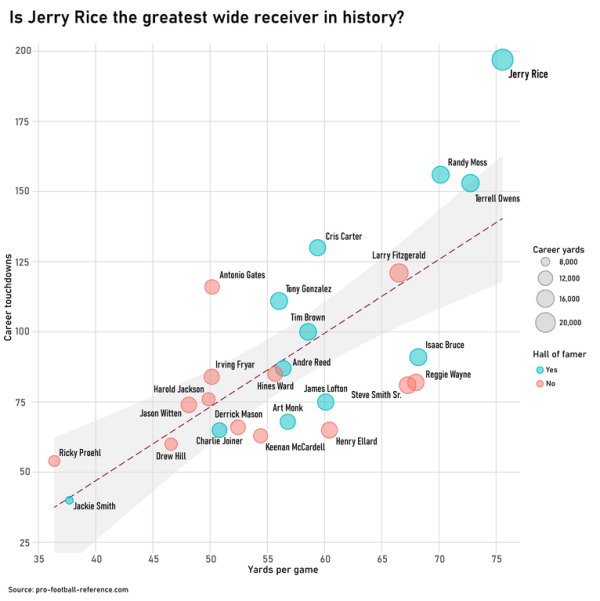 sdbernard via
sdbernard via 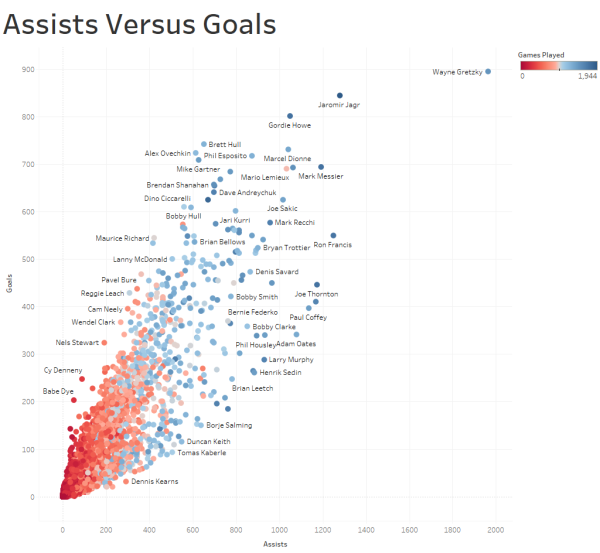 via
via 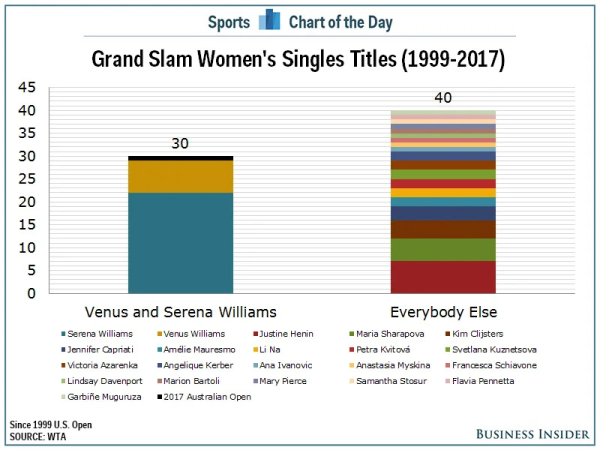 via
via 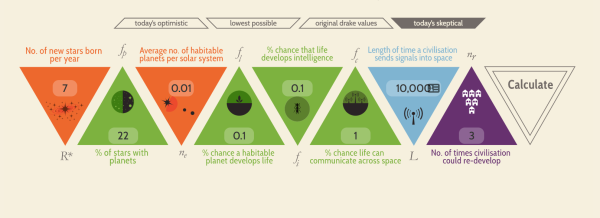
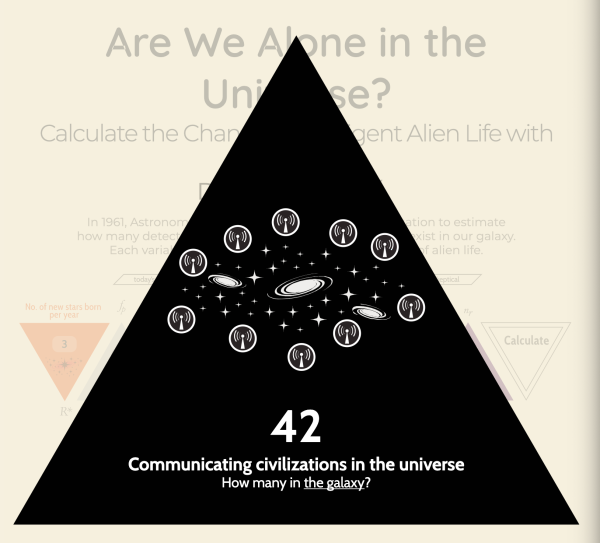
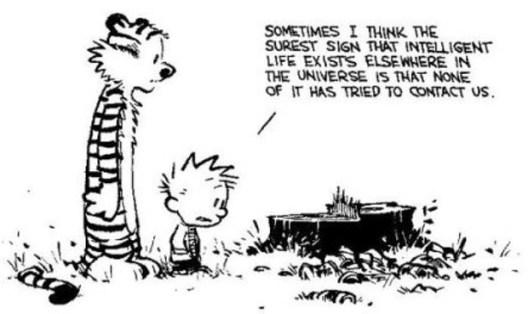
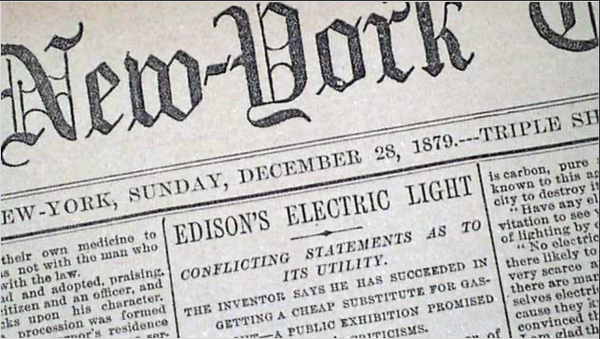
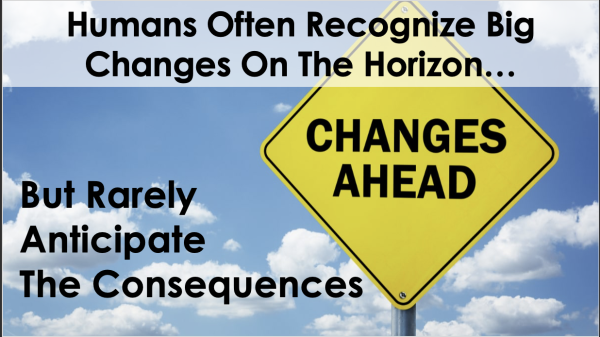
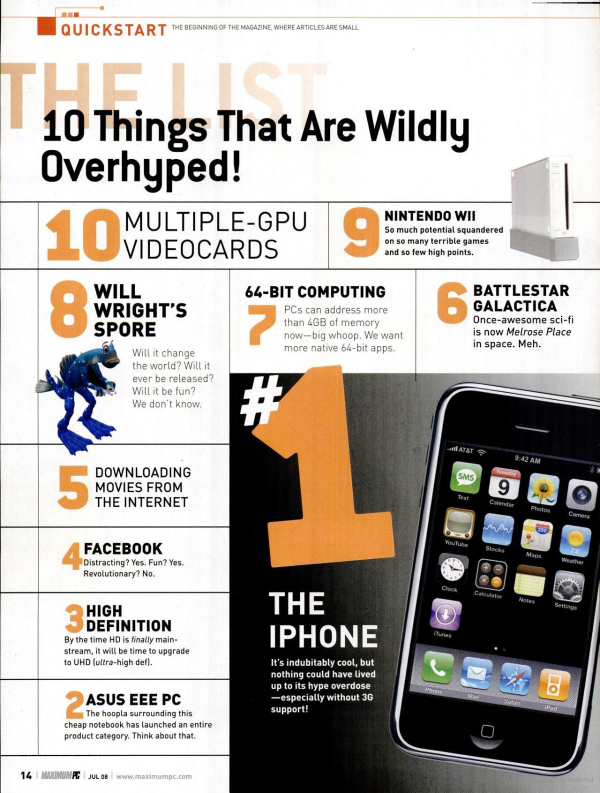

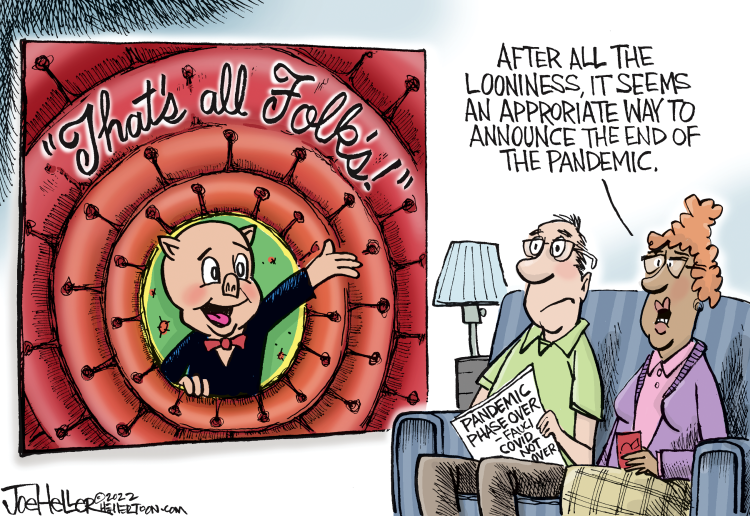
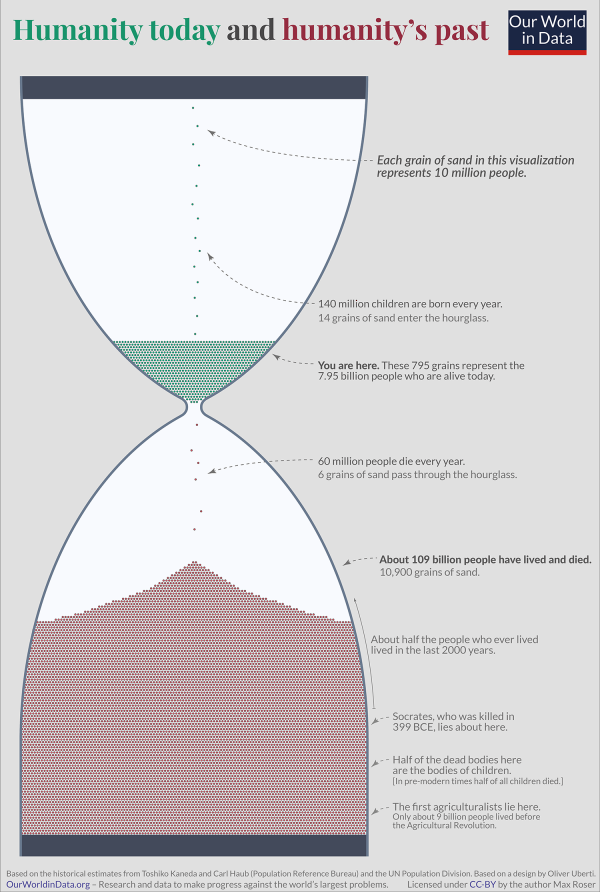 via
via 